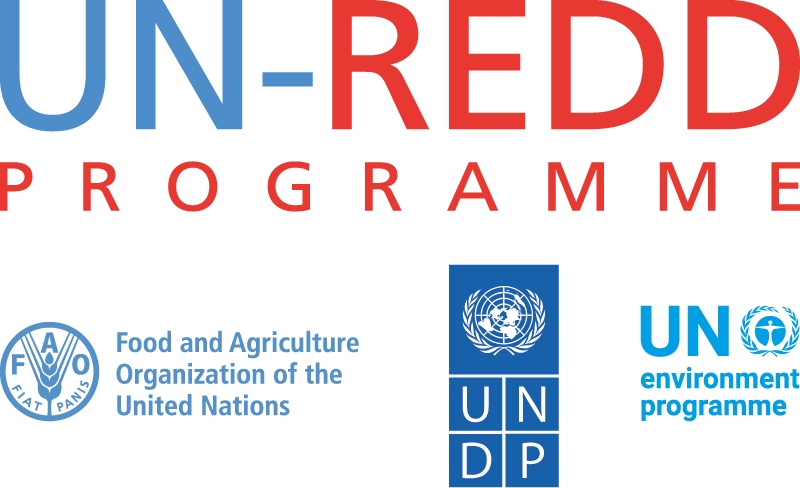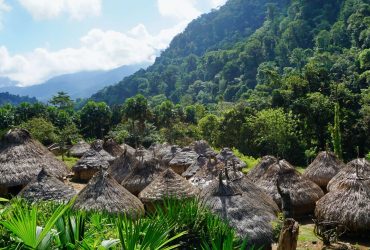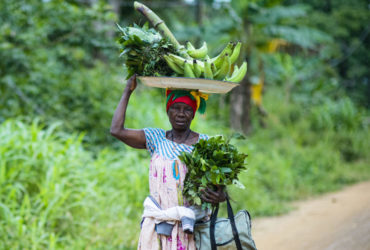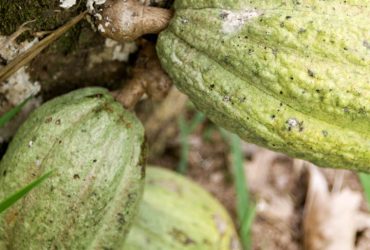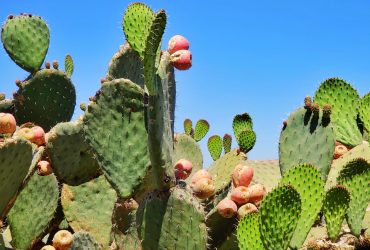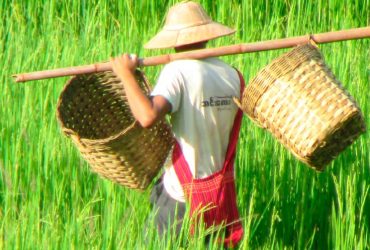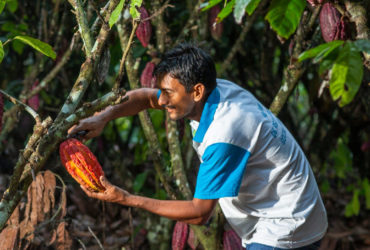PROGRESS AGAINST THE WARSAW FRAMEWORK
NS/AP: Indonesia’s National REDD+ Strategy was released in 2012.
FREL/FRL: Technical assistance was provided to more than 100 Indonesian participants on capacity building on the Intergovernmental Panel on Climate Change (IPCC) 2013 Wetlands Supplement, FREL Diagnostic and Uncertainty Analysis with Center for International Forestry Research (CIFOR) and FAO inputs. Three other workshops were run jointly between FAO, CIFOR, and other partners with hundreds of participants on peatland issues including fires in events in September, October, November, and December.
NFMS: Indonesia continued to improve its NFMS with capacity development supported by FAO and UN-REDD including three workshops on using the latest high-resolution daily satellite imagery from Planet Labs funded by Norway for detecting and reporting on deforestation, degradation, and forest fires.
SIS: The SIS was legally enshrined in 2017.
REDD+ IMPLEMENTATION
In 2020, Indonesia demonstrated reductions in deforestation and achieved access to RBPs under the UNFCCC. After 10 years of hard work, in July 2020 Norway confirmed its first payment of $56 million to Indonesia for reduced emissions from deforestation and forest degradation that were lower in 2016-17 than in the preceding decade. In August 2020, the GCF also agreed to pay $103 million to Indonesia for REDD+ results achieved from 2014-2016 with UNDP as the accredited entity.
The BLU BPDLH, with technical inputs from UN-REDD, developed policy, legal and operational documents commencing with REDD+ fund distribution that is advancing towards international best practices. BLU BPDLH has approached UN-REDD to provide technical assistance to initiate blended financing.
The drafting of the Plan for Peat Ecosystem Protection and Management is receiving technical and policy inputs from all administrative levels and coordinated with support from the UN-REDD and is currently being implemented.
CHALLENGES AND SOLUTIONS
The COVID-19 pandemic resulted in travel and meeting restrictions that caused delays or cancellations of some activities or adaptation to online meetings and training. This slowed project implementation and reduced some achievements. The shift to online platforms for meetings and certain capacity building worked well, though with some restrictions in remote areas, while in-person trainings on more practical matters, such as integrated fire management, were delayed.
GENDER AND SOCIAL INCLUSION
Support was provided to the Tropical Landscape Finance Facility (TLFF) to develop a gender strategy that centers around addressing barriers identified by a TLFF gender study on the access of female-led enterprises and smallholder households. This strategy has been implemented in the recently established TLFF grant fund.
Discussions with BPDLH to support gender mainstreaming in their land-use blended finance program is under development. Safeguards considerations, including gender and social inclusion, have also been incorporated in the development of BLU BPDLH’s legal, technical and operational documents related to REDD+.
Engagement with indigenous land-use associations in Kapuas Peat Management Unit, Kalimantan, on social forestry and improved water management is also ongoing.
PARTNERSHIPS
UN-REDD, through UNEP, is coordinating with FCPF Bio-carbon Fund on green investment in the palm oil sector in Jambi and with & Green Fund in East Kalimantan. The high-resolution satellite data training in Rome was done jointly with World Bank FCPF.
UNDP continues to partner with the Embassy of Norway and World Bank to coordinate support for BLU BPDLH to meet international fiduciary and operational standards.
LINKAGES TO SDGS
Linkages to the various SDGs are as follows: SDG 13 (climate action) through BLU BPDLH for REDD+ results-based finance and MRV improvements; SDG 1 (no poverty) through improved livelihood options; SDG 3 (good health and well-being) through less fires and smoke and improvements to food security; and SDG 17 (partnerships) through joint training and strengthening the International Tropical Peatland Center.
